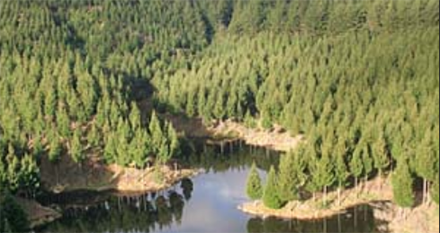
New Zealand’s One Billion Trees Fund has just hit two significant milestones that will create more than 7500 hectares of new forest cover. Speaking at a celebratory dinner at Parliament to mark 100 years of the New Zealand Forestry Service, Forestry Minister Shane Jones said the Fund was helping put forestry back on the map. Source: Timberbiz
The Fund offers direct grants to landowners for planting and regeneration projects, as well as partnership funding to co-fund projects that aim to reduce the barriers to tree planting.
“We launched the Fund late last year and I’m pleased with the progress we’re making,” Minister Jones said.
“We’ve now approved more than 170 funding grants worth more than NZ$15 million.
“I’m particularly delighted that eight of these approvals are for Māori Freehold Land, where the NZ$1.7 million allocated will see planting cover almost 1000 hectares.
The grants approved to date reflect a range of initiatives, the length and breadth of the country. For example, on Stewart Island the planting of some 20 hectares of seaward facing former hill country farmland to regenerate as native forest is providing penguin habitat.
“In Taranaki, we’ve signed a contract with New Zealand Green School, a new school set to open early next year and committed to educating for sustainability. They expect to plant up to 40 hectares, of which about 75 per cent will be native species,” Minister Jones said.
“And a key component of the grants is to provide funding for farmers to integrate trees onto their land to improve productivity, for example retiring unproductive land through trees, and help diversify their income.”
The grant scheme is in addition to the Crown Forestry joint ventures, which are also contributing to the One Billion Trees goal.
“There are currently 33 forestry joint ventures covering 19,446 hectares with 17.5 million trees to be planted. Almost 13 million seedlings have been planted since the scheme started in 2018,” Shane Jones said.
The estimated value of Crown investment to date is NZ$194 million. Of this around 10,300 ha (53%) is on Māori-owned land.





